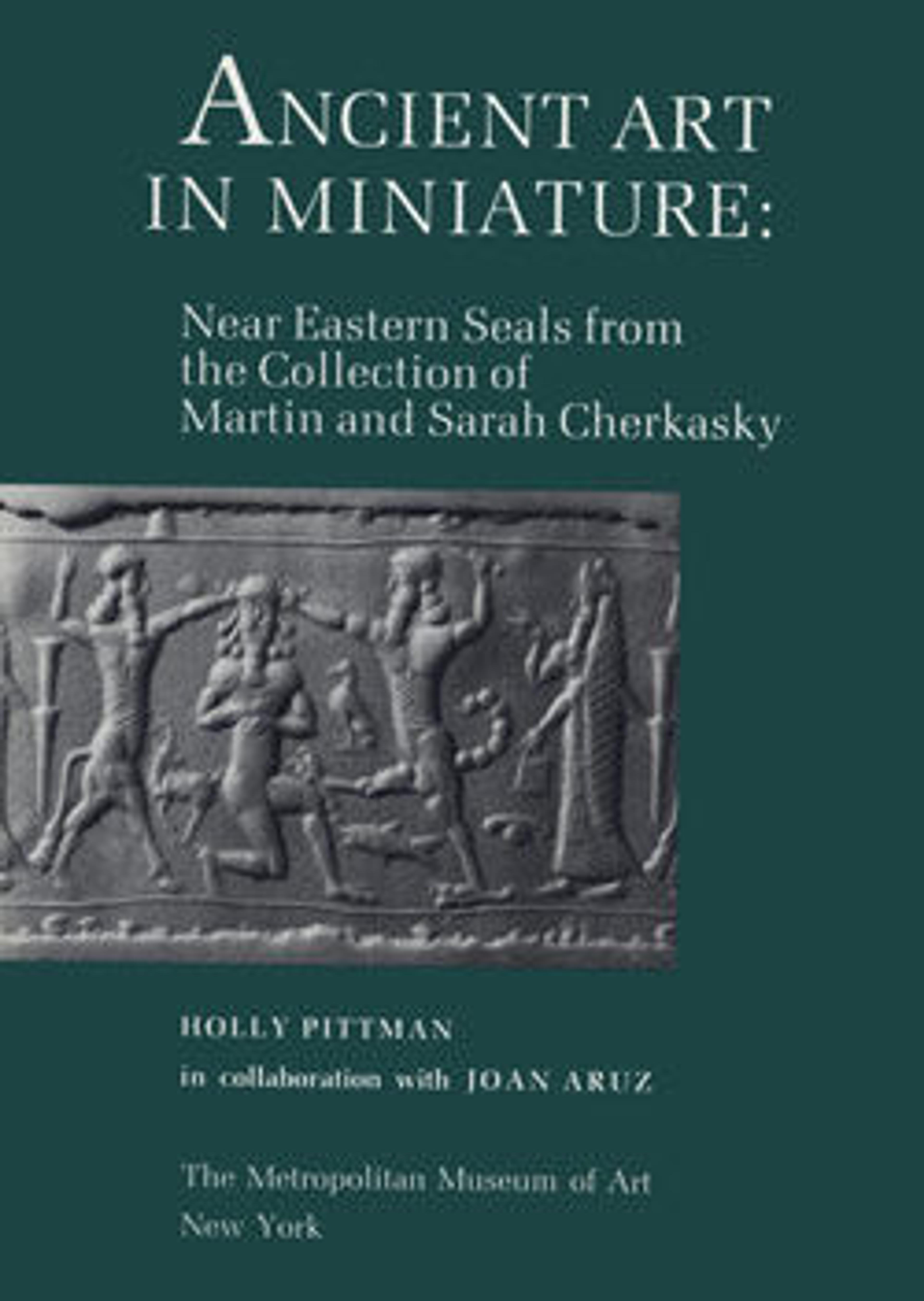
Ancient Art in Miniature: Ancient Near Eastern Seals from the Collection of Martin and Sarah Cherkasky
Stamp and cylinder seals are a crucial source for the art, history, and religion of the ancient Near East. The rulers, gods, demons, and monsters that move in stately and seemingly dumb procession around the seals give us important insights into the real and magical worlds of the ancients. Cylinder and stamp seals were among the first objects to enter the Museum's collection from the Near East. In 1874 a large and interesting group was included in the Cesnola collection of ancient Cypriot art, and in 1886 cylinder and stamp seals from Mesopotamia—as well as more than three hundred cuneiform tablets—were acquired from William H. Ward. Through its participation in excavations and through gifts and purchases, the Museum has received since that time over a thousand stamp and cylinder seals from all periods and regions in the pre-Islamic Near East.
This catalogue and the exhibition in the Museum's Recent Acquisitions gallery acknowledge the generous gift of more than two hundred and fifty seals from the Martin and Sarah Cherkasky collection of stamp and cylinder seals. It is an important gift—one that substantially strengthens and supplements the Museum's holdings. Additionally, the exhibition includes a number of objects from the permanent collection for comparative and illustrative purposes.
Met Art in Publication
Citation
Pittman, Holly, and Joan Aruz. 1987. Ancient Art in Miniature: Near Eastern Seals from the Collection of Martin and Sarah Cherkasky. New York: Metropolitan Museum of Art.